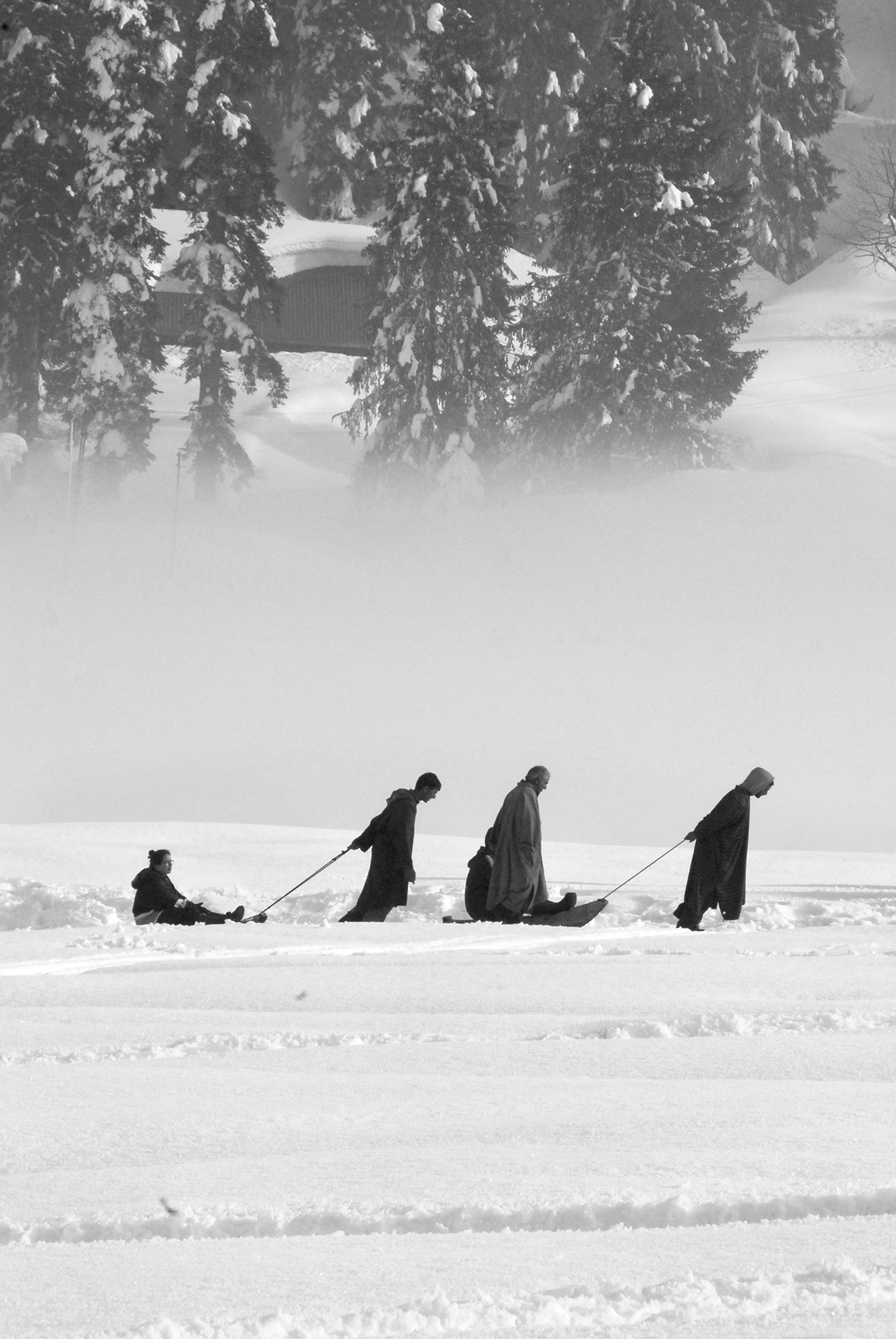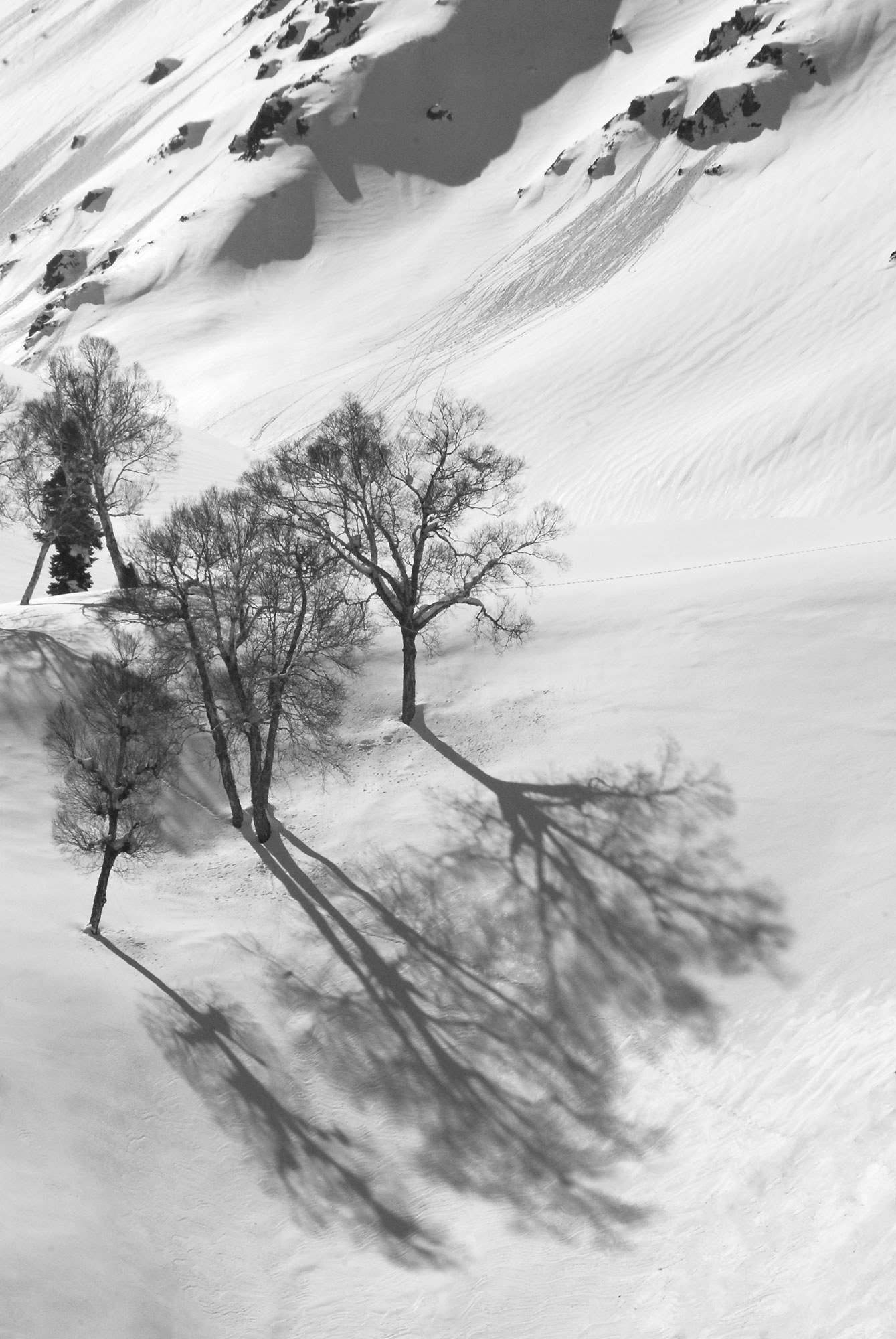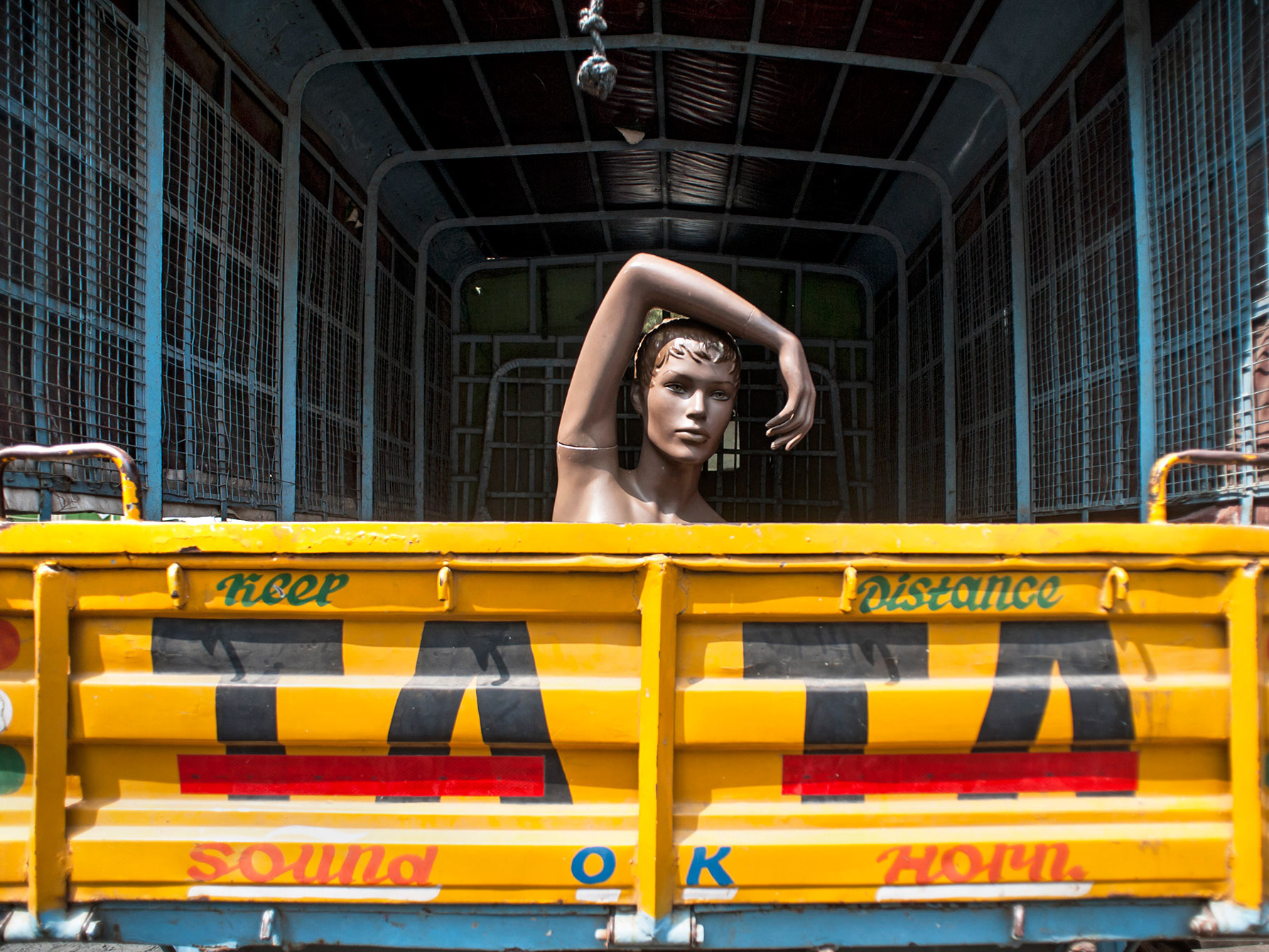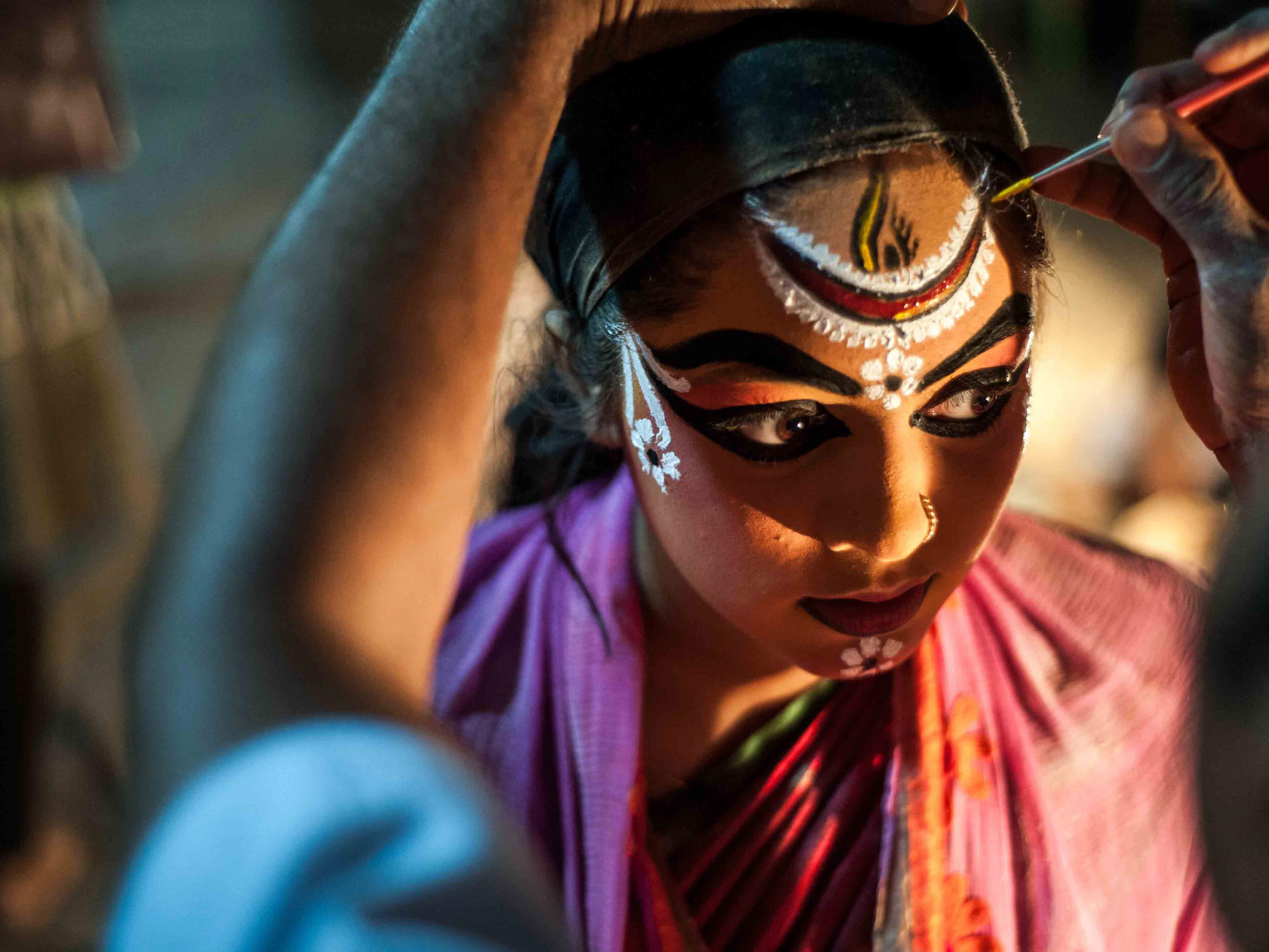Amir Khusrau, a Sufi poet of the 13th Century, in description of Kashmir, is believed to have said
“If there is a paradise on earth, it is this, it is this, it is this.”
These many hundreds of years later, we, as a nation, continue to hold on to the notion of Kashmir as paradise.
Some of us do so because we are swept away by its boundless beauty— it is an overwhelming, uncontained enchantment.
Some of us simply give in to the romanticism that surrounds Kashmir; we buy the stories that the movies, poems, paintings and photographs tell us.
And then some of us, as a people that are induced with a sense of patriotism, cling to this idea as a justification for the unwillingness to let it go- to let the people of Kashmir make independent decisions.
Some of us do so because we are swept away by its boundless beauty— it is an overwhelming, uncontained enchantment.
Some of us simply give in to the romanticism that surrounds Kashmir; we buy the stories that the movies, poems, paintings and photographs tell us.
And then some of us, as a people that are induced with a sense of patriotism, cling to this idea as a justification for the unwillingness to let it go- to let the people of Kashmir make independent decisions.
This is of course a greatly simplified portrayal of what is arguably the largest scar that political India bears; it is one that continues to bleed time and again, keeping the wound burning and festering.
In July - August 2019 when tens of thousands of additional troops of the Indian Armed Forces entered Kashmir, and seven million Kashmiris were thrust into a communication-less clamp down, it felt like the heralding of a new kind of darkness. One that wants to stifle the very being of this state that we still want to believe is paradise, that we still want to believe is “ours”.
Although this particular event unfolded rather rapidly, the incessant violence that this region has seen over the years is no secret.
Although this particular event unfolded rather rapidly, the incessant violence that this region has seen over the years is no secret.
When I visited Kashmir in 2014, the unrest was a quiet, lurking presence. Amidst the marvel of the mountains, it was this eerie sense of silence that made the starkest impression.
Days were spent looking out of the window, watching and photographing moments of everyday life in Kashmir as they whizzed past. Even on those days, sometimes more than on other days, the place palpitated with a heavy discontentment, with something being amiss, as though life was elsewhere.
Days were spent looking out of the window, watching and photographing moments of everyday life in Kashmir as they whizzed past. Even on those days, sometimes more than on other days, the place palpitated with a heavy discontentment, with something being amiss, as though life was elsewhere.
These photographs hope to speak of that sense of silence - uneasy, rattling, now only growing louder. They also seek to find the resilience of life in Kashmir - a land that is claimed by one country but seems to have the heart of another; a land that dreams of azaadi.



